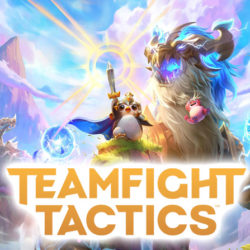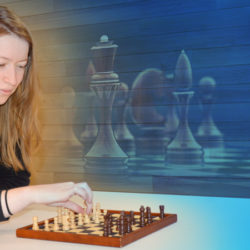
For most people, soccer was introduced by their parents as a way to exhaust their kids and make some friends in the process. For me, soccer has been a part of my life since I was four years old (and yes my parents put me in the sport for the reasons listed above). It started as a hobby, then turned into a passion, and at times, it even felt like a full-time job. Let’s go over the basics: soccer is a 90 minute game split into two 45 minute halves. It’s played on rectangular field with a goal on each end. Each team has 10 field players (defenders in the back, midfielders in the middle, forwards up top) and one goalie. The object of the game is to score more goals than your opponent.
The primary strategy of soccer lies with the formation of those 10 field players. There is no restriction on how your team must be organized on the field; however, the optimal formations rely on matching the opponent’s formation to prevent any disadvantages, and leveraging your team’s positioning to create offensive opportunities. For example, it would be less than ideal to have one defender covering three forwards because the defender would be easily overmatched despite the individual’s skill level. Similarly, one forward against four defenders would rarely, if ever, lead to a scoring opportunity. There is no standard formation, but the US Women’s National Team often uses a 4-3-3 (defender-midfield-forward).
Unlike most other sports, a soccer game can end in a tie and ultimately, there can be a positive team result without claiming victory. This is often the case in tournaments that begin with pool-play, advancing several teams from the pool. Consequently, end of game strategy must shift to account for the likelihood of a win, tie, or loss. For example, if a team is down one goal late in the game, their most likely result is a loss and a wider deficit is usually meaningless. Therefore, the team’s best strategy is to risk allowing another goal by pushing everyone forward to an offensive position to maximize the opportunity for an equalizing score. Conversely, if two teams are tied late in the game and one team is generally overmatched offensively, that team should limit offensive risks in favor of consolidating its defensive front and achieving a positive result.
When considering a one-on-one situation, base player differences in size, speed, and technical skill give one player a direct advantage, but a strategy that minimizes the advantaged player’s best attributes and maximizes the disadvantaged player’s best attributes can create a favorable result for the disadvantaged player. I often found myself comparing my skills and physical characteristics to those of my opponent and considering the following:
- Is she bigger than me?
- Is she faster than me?
- Who has better ball skills?
- How can I win the ball and keep possession to help my team get to goal?
If my opponent is several inches taller than me, then she will likely win every single ball in the air. In response, I must position myself to ensure that she cannot advance, and I can win back the ball immediately. Additionally, on a team-wide scale, if my team is shorter (on average) than the opponent’s team, keeping the ball on the ground minimizes the opponent’s height advantage.
If my opponent is stronger than me, the chances of me pushing her off the ball to win a tackle are slim. However, I can diminish her muscular advantage by getting to the ball quicker and utilizing quick passes with my teammates that do not allow her to control the ball and forcibly make her way down the field.
In addition to physical characteristics and sport-specific skills, experience level is a large contributor to strategy development. Different than characteristics and/or skills, experience-based advantages or disadvantages stem from continuous adjustments—or lack of adjustments—made from the recognition of patterns in teammates, opponents, opposing coaches, and playing conditions. To understand the role of experience in determining individual strategy, consider an average-skill level college senior versus a high-skill level college freshman in an early season, conference game. Assuming the senior has played in a majority of her collegiate games, she will have a better understanding of her teammates’ skill levels and playing styles, as well as knowing the opposing coach’s general strategy and coaching style. As such, in a matchup that favors the freshman’s advance skill set, the senior can potentially leverage her experience in the following ways:
- The senior can play more aggressive defense on the freshman knowing her teammates will back her up if she’s beat.
- The senior can take greater offensive risks knowing that the opposing coach favors conservative play while leading.
While a soccer game is largely made up of individual match-ups, crafting a balanced team is crucial to success when mistakes are made, which happens often. Formation and one-on-one strategies rely on optimal execution, but in an arena that depends on human variability (such as sports), the most successful teams work together to create a balanced effort that mitigates risk and exploits opportunities.




Subscribe Now
Get each new post sent straight to your inbox